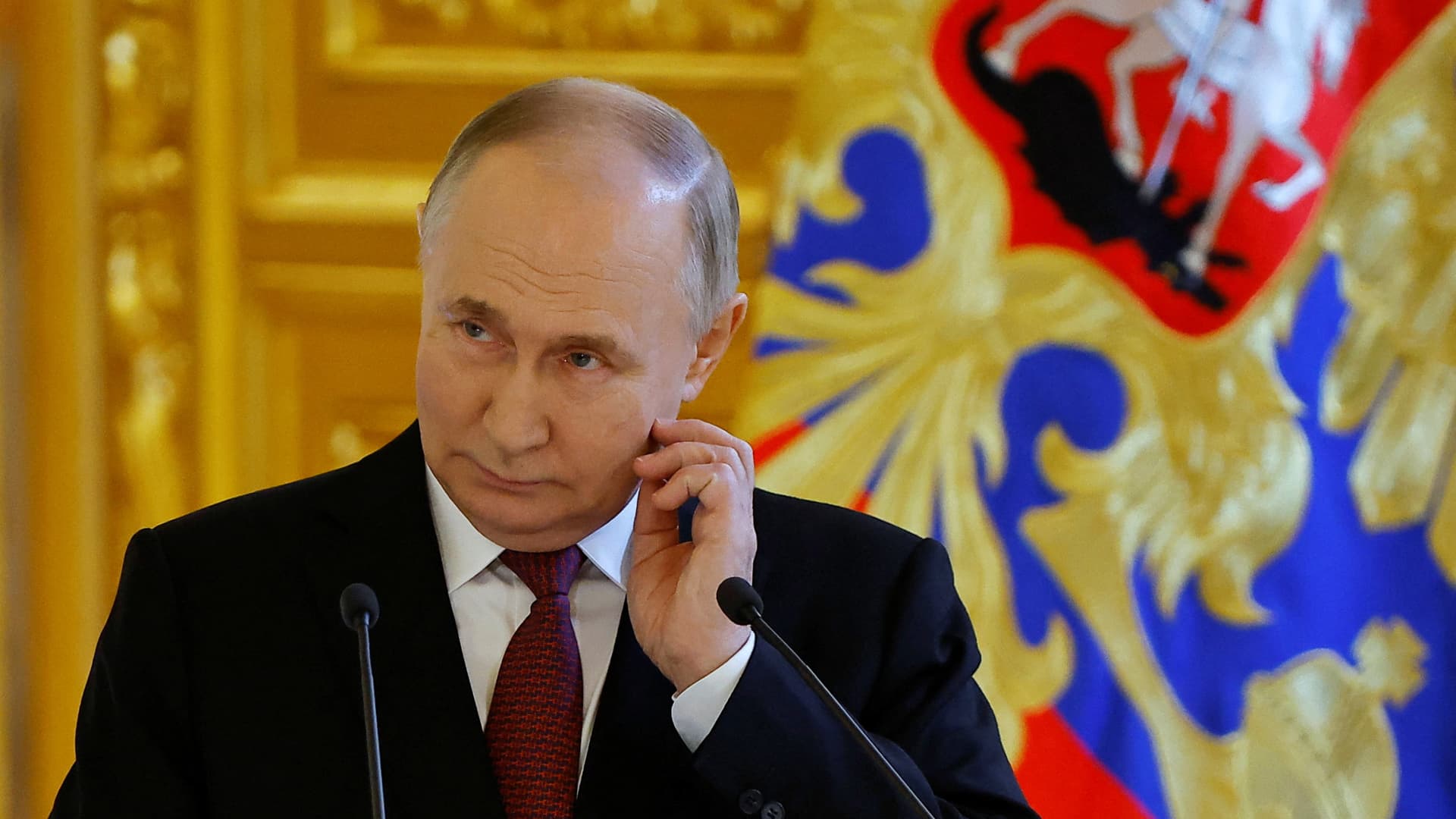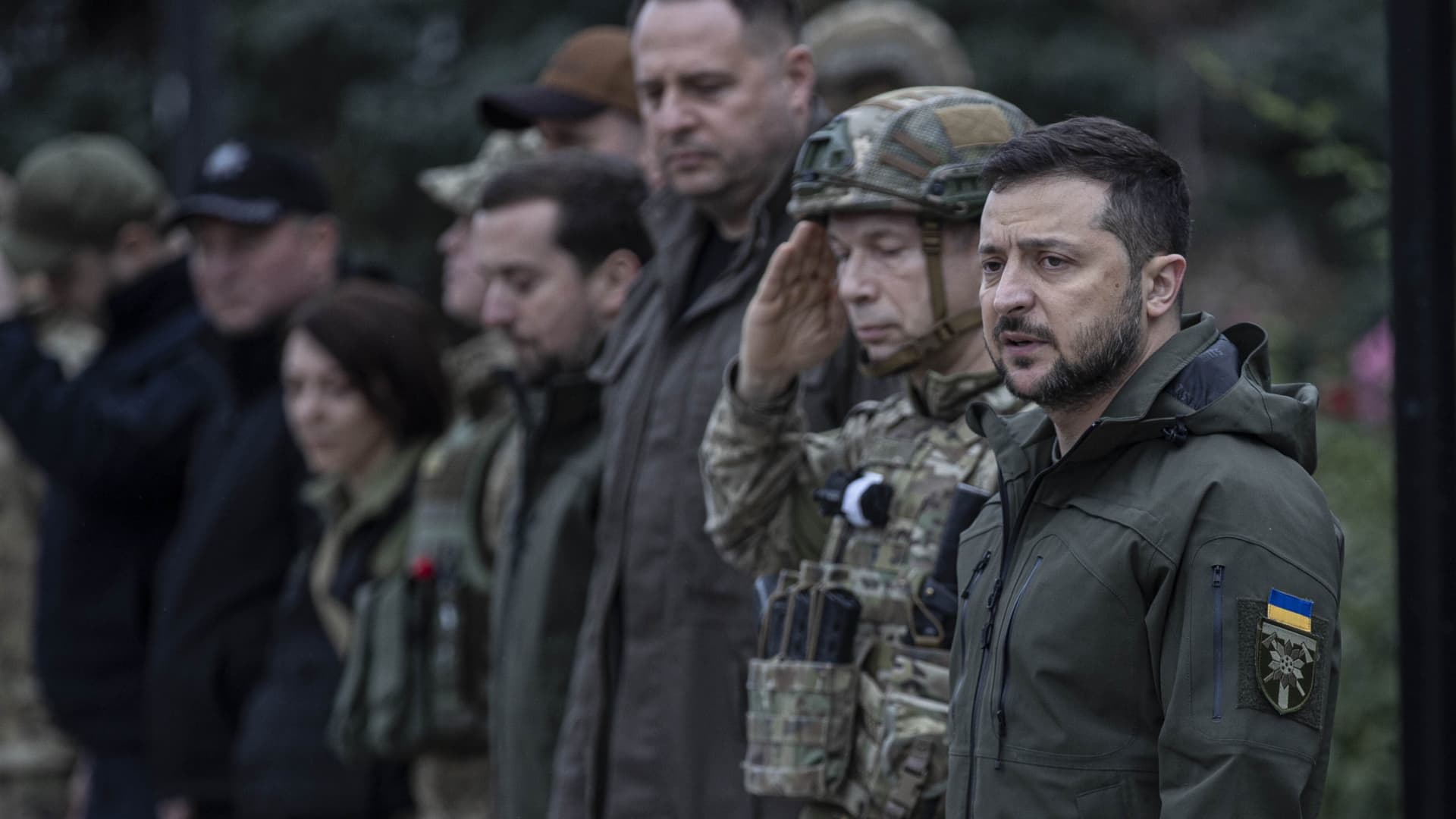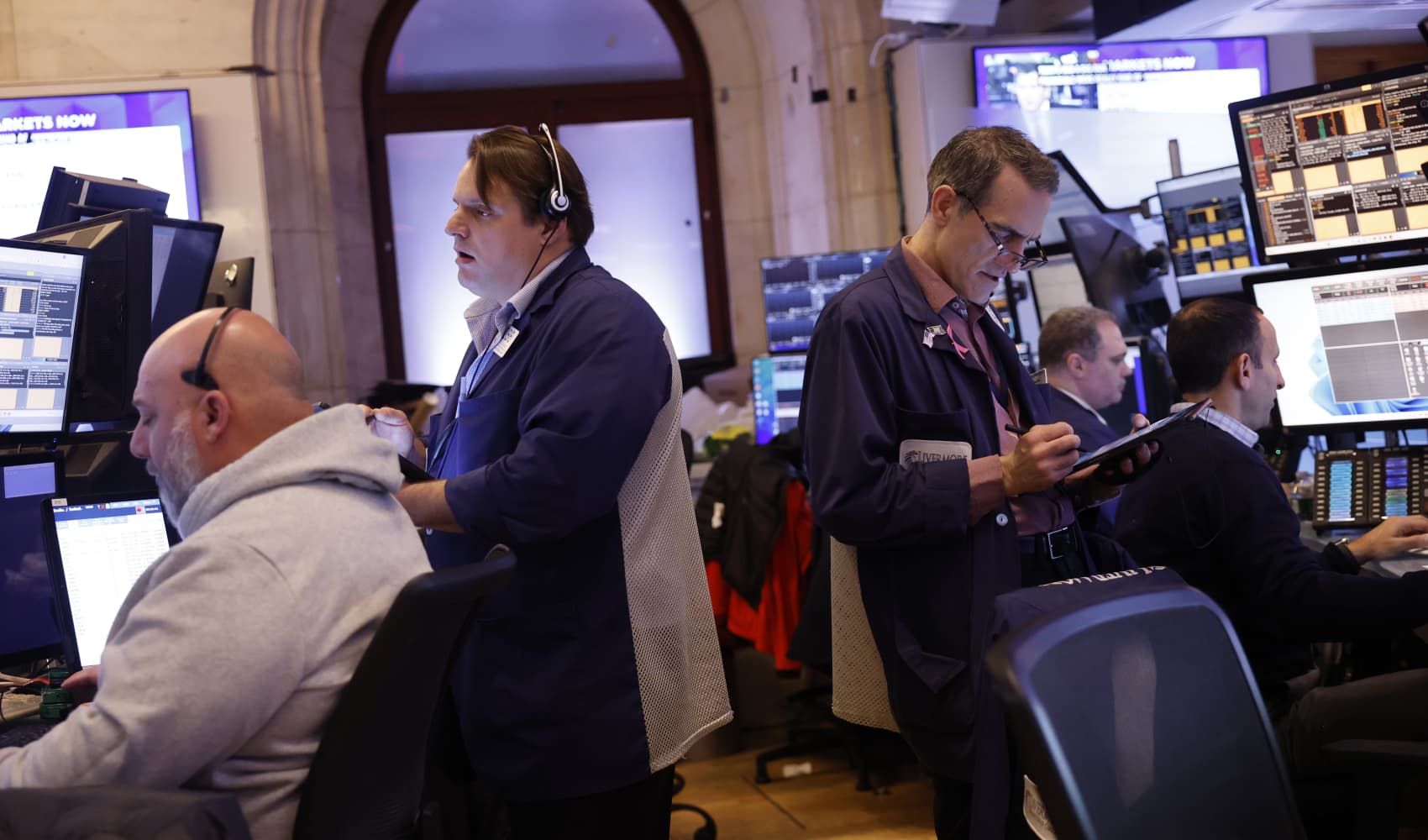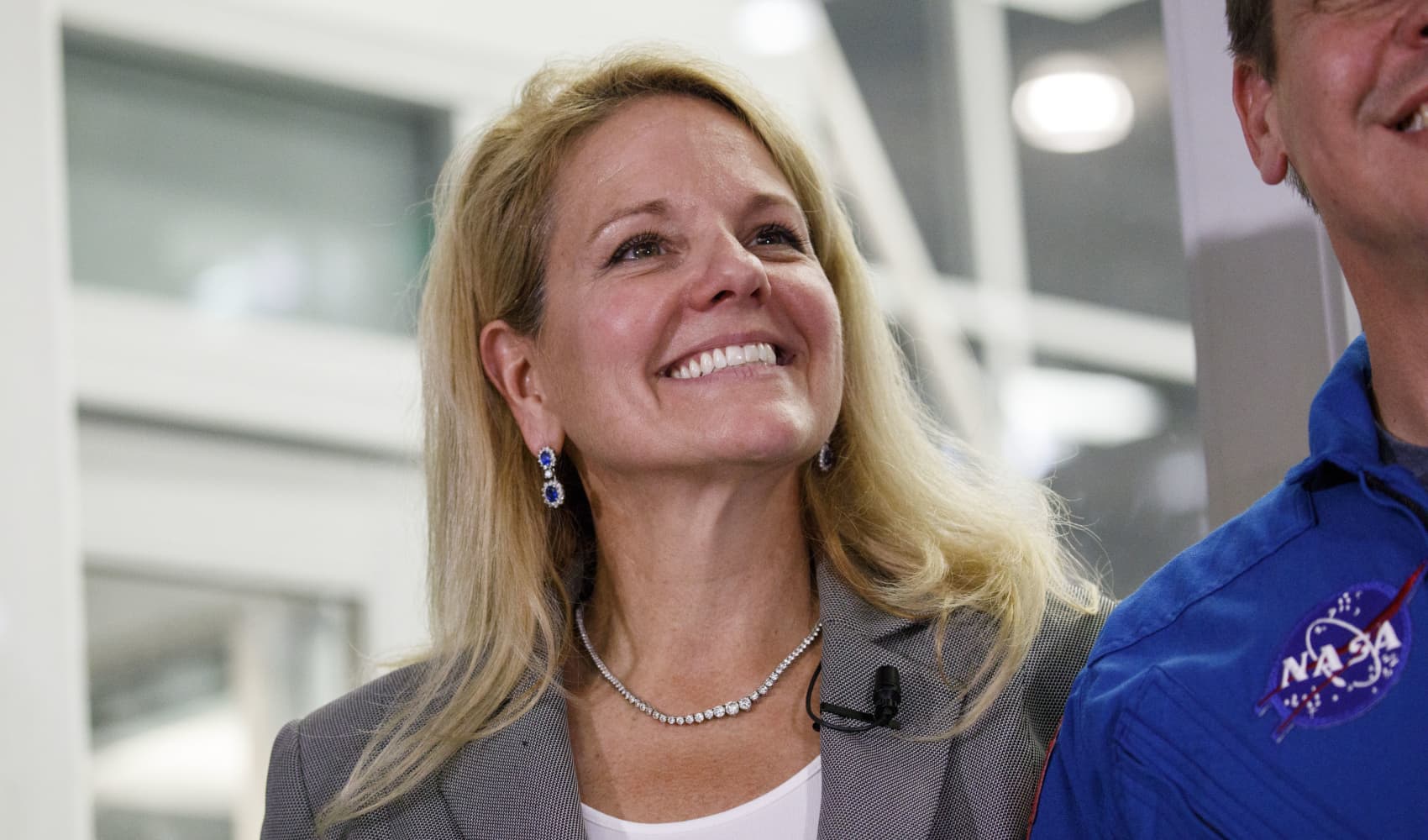
- Russia's sheer amount of manpower and weaponry have enabled Moscow to grind down Ukraine's defenses and advance in eastern Ukraine.
- Russia's recent momentum has prompted concerns that a stalemate might be the "best-case scenario" that Kyiv can hope for this year.
- At worst, Ukraine could see Russian forces breaking through Ukraine's defensive positions along parts of the front line, one defense expert noted.

Before the two-year anniversary of Russia's war against Ukraine, defense experts widely predicted that the conflict would settle into a stalemate in 2024, leading neither side to make or lose a significant amount of territory.
But just a few months into the year, Russia's sheer amount of manpower and weaponry have enabled it to grind down Ukraine's defenses and advance — particularly in eastern Ukraine, where Moscow captured the industrial city of Avdiivka and a number of smaller settlements in recent weeks.
Russia's recent momentum — and ongoing worries over Ukraine's weaponry and ammunition shortages, as well as stalled U.S. military aid — are now prompting concerns that a stalemate might even be the "best-case scenario" that Kyiv can hope for this year.
At worst, Ukraine could see Russian forces breaking through Ukraine's defensive positions along parts of the front line, one defense expert noted.
Get Tri-state area news delivered to your inbox. Sign up for NBC New York's News Headlines newsletter.
"Russia is gaining momentum in its assault on Ukraine amid stalled Western aid, making the coming months critical to the direction of conflict. In a worst-case scenario, parts of Kyiv’s front line could be at risk of collapse," Ben Barry, senior fellow for Land Warfare at the IISS defense and security think tank, said in an analysis in March.
Money Report
He flagged that Russia’s success in taking the city of Avdiivka, along with its territorial gains since then, "raise the question of whether the Ukrainian assessment in late 2023 that the war would stalemate in 2024 may have been optimistic."
"Moscow’s willingness to take territory in the face of high casualty figures, coupled with a boost in output of artillery shells, is in contrast with a lack of sustained Western supply of artillery ammunition to Kyiv. Those dynamics have created the conditions for the most recent shift in the land-campaign’s momentum as the third year of fighting in Russia’s full-scale invasion sets in," he noted.
Summer offensives
Ukraine's President Volodymyr Zelenskyy has already warned that Russia is planning to launch new offensives in early summer, making its ammunition and weaponry shortages critical.
Barry noted that Russia is likely to mount a series of major attacks over the spring and summer that are "designed to inflict Ukrainian casualties, push defenders westward and expand its control of occupied territories," particularly in Donetsk and Luhansk in eastern Ukraine.
The IISS assessed that Russia, which has already mobilized several hundred thousand men, can sustain an offensive campaign for some time.
"Moscow has been able to bring on enough contract soldiers to sustain its force structure and should be able to replenish tank losses on the battlefield for two or more years. It also has put its economy in a war setting, with total military spending now representing one-third of its national budget and reaching about 7.5% of GDP," Barry noted.

Supply of artillery ammunition, loitering munitions and ballistic missiles from Iran and North Korea shifts the balance of firepower against Ukraine, he said. Iran and North Korea deny any arms deals with Russia, despite widespread evidence of one-way attack drones and missiles from both countries.
"That means that over the coming year Russia will probably be able to generate sufficient missiles and drones to maintain its recent level of pressure on Ukraine’s air defences, attack its defence industry and attempt to erode Ukrainian civilian and military morale," Barry warned.
Sticking together
Kyiv's international allies have been pledging more support for war-torn Ukraine, amid signs that the situation on ground is critical. But the delivery of F-16 fighter aircraft and more long-range missiles, which are sought from a reluctant Germany, remain elusive.
There are hopes that a U.S. military aid package of $60 billion could be approved in the short term, while Europe in March agreed on a 5 billion euro ($5.48 billion) Ukraine assistance fund.
"International support for Ukraine is ramping back up," Ian Bremmer, founder and president of the Eurasia Group, said in emailed comments.
"That's a big deal for Ukrainian capabilities and morale, together with Ukraine's own additional troop mobilization (focused on bringing down the draft age below the present 27) which is likely to come in the next week or two."

He added that these factors come on the back of some "near-term wins" from Ukraine's military commander, Oleksandr Syrskyi.
"Syrskyi is focused on shoring up defenses, not risking troops to try to retake territory, while displaying Ukrainian capabilities to threaten Russia directly, most recently including strikes against Russian oil refineries across the country," Bremmer noted.
"Ukraine's future still hinges on U.S. elections in November and, longer term, asymmetries in Ukrainian military capabilities. But for now, the Ukrainians have bought themselves a little breathing space."






